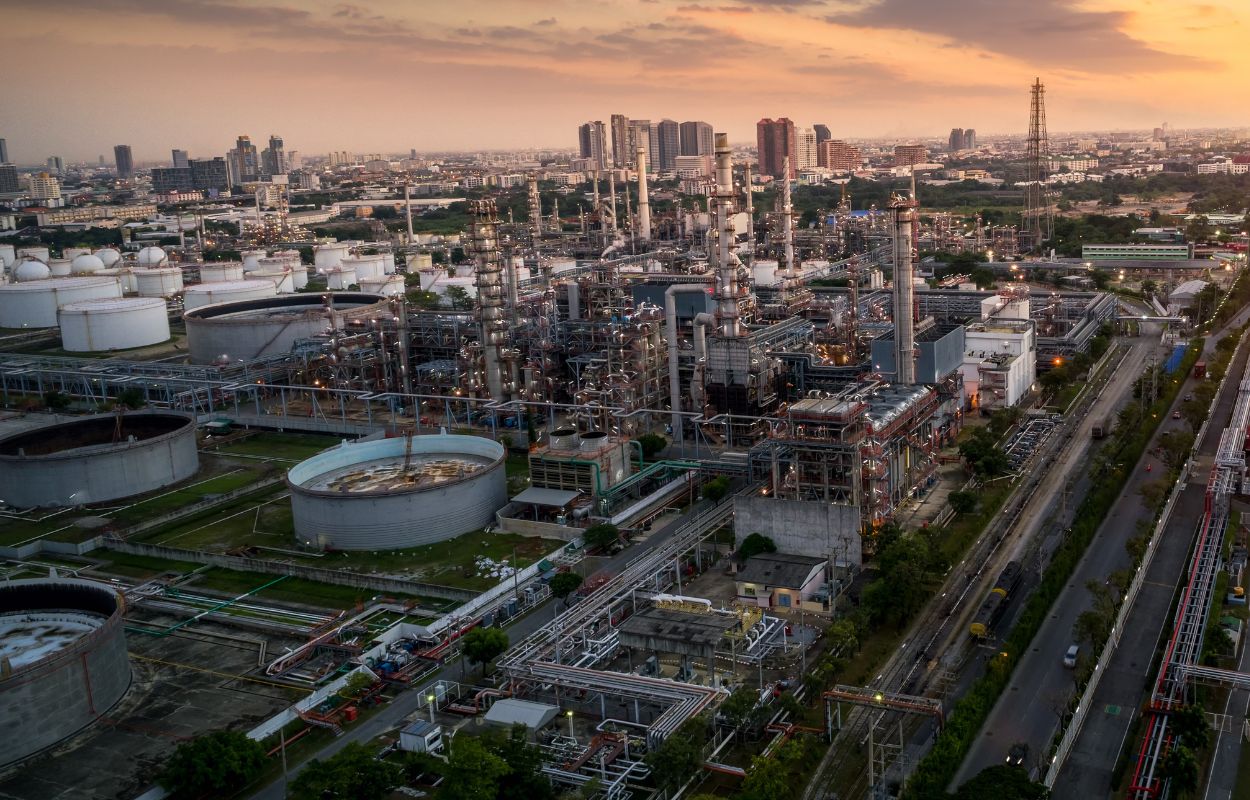
Today’s commodities markets are more unpredictable than ever. Geopolitical tensions, rising inflation, and the energy transition contribute to volatility, attracting new entrants such as banks and tech-focused trading players. To manage risk and find opportunities in this competitive environment, industry players turn to advanced data and analytics to gain clarity in uncertain times.
But, with democratised access to data levelling the playing field, a key question remains: where does the new competitive edge lie?
Paving the way for data-driven trading
Changes in laws, regulations, and technology paved the way for data-driven trading. Take the Automatic Identification System transponder rules, which took effect in 2004 and publicised all ship locations. Or in oil trading, where data, once released bi-weekly by the Energy Information Administration, is now available in real-time thanks to sensors and infrared technology.
Firms now leverage internal proprietary data alongside alternative sources, such as satellite data and weather forecasts, to inform their trades, resulting in big returns. According to McKinsey, 87% of data-driven trading companies in Europe made more than €100 million in profit before interest and tax in 2022.
Tristan Fletcher, Co-founder and CEO of ChAI, a platform that mitigates commodity price volatility using data and AI techniques, explains how they use alternative data to inform price fluctuations.
“We take satellite pictures of plantations growing crops like corn, wheat, sugar, and soy. We then compare the actual colour of the crop to its expected colour based on its stage of growth. We use this information, along with many other relevant data sources (such as weather conditions), as an indicator of whether the price will move up or down.”
Tristan Fletcher, Co-founder and CEO of ChAI
Growing competition
With volatility surging in the commodities markets, new entrants, including hedge funds, banks, and boutique trading firms, have been steadily entering the space. According to McKinsey, in 2022, firms with as few as 50 employees captured a quarter of the power and gas value pool. In the same year, the multi-strategy hedge fund Citadel earned $8 billion in commodities trading profits. Even new funds, like Jain Global, are focused on commodities, with around 20% of their strategy thought to be dedicated to this sector.
These new players are well-versed in the data game. For instance, in 2018, Citadel’s Ken Griffin brought on a team of 20 scientists and analysts specifically for weather forecasting. And with plenty of capital, hedge funds also employ tactics to obscure their true focus. As Fletcher notes, firms like Bridgewater and Two Sigma have been known to ‘buy blanket coverage’ of markets such as China, collecting swathes of data, sometimes without even looking at it, to conceal their strategies from competitors.
Democratisation of data
Matt Whitworth, former CTO at Tallarium, a pre-trade data and analytics platform for over-the-counter energy markets, points out that as data becomes more public, it’s harder to find true alpha, much like in equity markets. When everyone has the same data, opportunities are either too short-lived to act on or require huge-scale trading to make a profit. This forces you to get creative, use multiple datasets, and constantly refine your models.
So, while the early days of the commodities data age were defined by democratisation, the next phase is about transforming data into advanced trading strategies. The key to standing out in this phase is being able to successfully gather, combine, and analyse your data to create valuable insights.
To illustrate the scale of data involved, Richard Holtum, head of gas, power, and renewables at Trafigura, shared in an interview with The Financial Times that his team uploads several billion discrete data points into the cloud every day. With so much data available, the real opportunity lies in using AI to explore and leverage it to improve trading decisions. But before diving in, it’s crucial to lay the proper groundwork – after all, the old adage holds true: “garbage in, garbage out.”
Looking for more insights?
Read the second edition of our eBook series: The Democratisation of Data in Commodities – Today’s Data-Driven Markets.
Featuring insights from current and former employees at: Trafigura – Danske Commodities – Vortexa – Tradavex – ChAI – Tallarium
Modal Title
Featuring insights from
Read more blogs

Over the past few months, we’ve spoken with several leaders in the commodities trading space who have all said the same thing: tech teams can deliver the most value when they’re sat next to the...


We had the pleasure of speaking with Rebecca Hofmann, CEO of Blockchain For Energy (B4E), about the future of the energy industry. Rebecca reveals how converging technologies like IoT, AI, and blockchain can reshape the...


Alexandra Andrade is the Head of Portfolio Modelling at SEFE. In this article, we explore how her team bridges the gap between energy and technology to navigate volatility in the energy markets and enable smarter...
